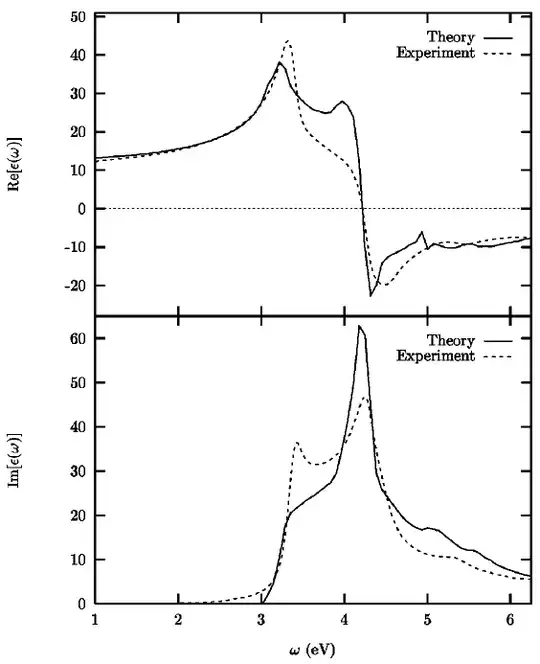I basically understand the zero point of the real part of the dielectric function for a metal. It generally corresponds to plasmon. For a metal, if the frequency is lower, the real part is negative meaning that the light is completely reflected. The electrons around the surface can screen the electric fields of the light before it gets into the bulk. But if the frequency is higher than the plasmon frequency, the real part is positive and the metal behaves like a dielectric medium.
But I cannot get a physical understanding of the similar zero points for a semiconductor like silicon. Could anyone please help me on this?
